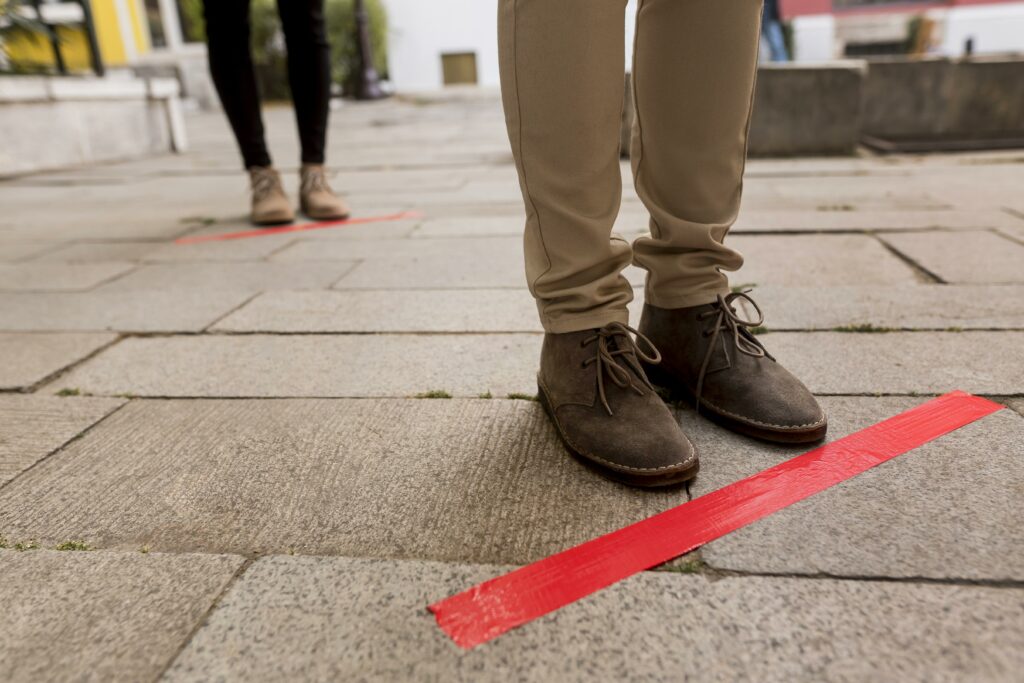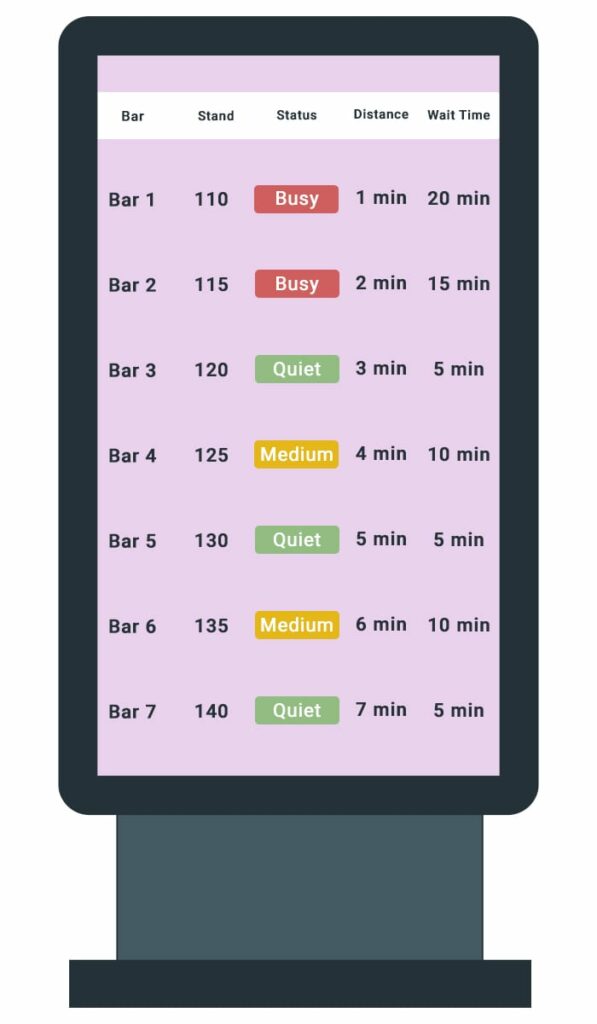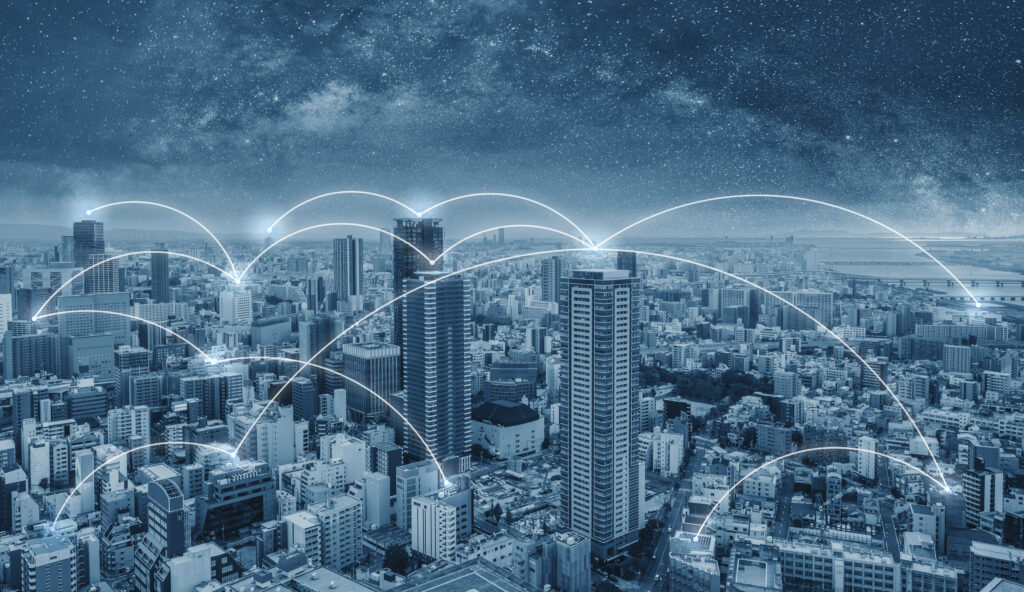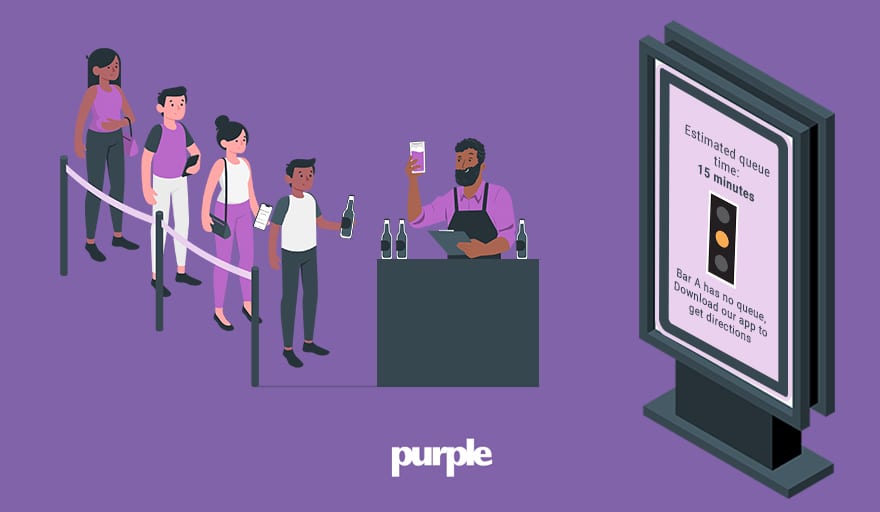The queue, or line if you are over the pond, has a long history. The first format of it was from the 19th century with the industrial revolution as more people gravitated to cities in the UK.
Unsurprisingly, having invented it, Britain is world-famous for our orderly queues. There is however a misconception that Brits love a queue; let me assure you I have yet to meet anyone who enjoys the process but maybe we are just good at respecting them.
I will, like most, do anything possible to avoid a queue but if there is no alternative I will begrudgingly wait my turn. But there is nothing more frustrating than to have waited in line for an age only to realize that just around the corner there was a much, much shorter one.
We’ve all been there. You’re at a music concert and the band has just started to play their new stuff. You’re only there for the hits so you sneak out thinking you’ll be able to quickly go to the bathroom and grab a drink. But then a lot of people have had the same idea.
Before you know it, you’re stuck in a queue and can hear the faint sound of your favorite song. To compound it all, as you walk back you spot another concession stand with a tiny queue.
Queues work in the sense that they are fair, and for the most part they provide an order that ultimately avoids fisticuffs. In so many other ways though, they don’t work.
Being in a queue is frustrating. Serving a queue is even worse. You’ve got lots of people that want to pay money for the service and you’re not able to give them all that they want quickly enough. So you sell less of it, and it’s unlikely that you’re able to change the price to reflect the increase in demand. Some customers will refuse to queue.

Others won’t be able to get through the queueing system quickly enough to buy as much as they might have if they’d initially been served much more quickly.
So is there a way to do this better? Well, I wouldn’t have posed the question if the answer was no. So what is it…
There are many ways you can achieve this. Pre-orders via an app, scheduling staff based on knowledge of your busy/quiet times, improving productivity and I’m sure many more.
There is also a really simple one, give people information about the various options available to them and allow them to make decisions. If we go back to my example from before of being at the concert, you check to see which bar is the quietest and go there, get what you want and are back in place ready for the good stuff.

If you’ve ever traveled via Heathrow T5 you will have seen something similar in action. There are two security sections, North and South, and there is a display that shows the queue lengths for each so that you can decide which one to use, and as a consequence, they get a more natural distribution of people. You may get dropped off close to North security but can see that South has a much smaller queue so the few-minute walks over is more than worth it. Win-win, you get a shorter wait time and the airport gets a natural distribution of people.
The airport has a nice easy way to measure the number of people in the queue because you scan your boarding card. This isn’t possible in other scenarios like an event space but you may already have the equipment necessary to achieve this by turning your cameras into sensors using Computer Vision, you could also install fairly low-cost 3D sensors in all of the key areas you want to monitor footfall and queues. Once you have the data it is a cinch to make that available to the punters. Screens and kiosks can show queues or you could expose them in your app so we can check from our seat.
Viola, more revenue and happier customers. Everyone’s a winner!
You can apply this same logic to grocery. If I can see how busy the store nearest to my home is, I can make the choice to travel to the one that is quieter, which is particularly important during Covid.
Now let’s take it a step further to an entire City. If we have information on how busy each venue is such as bars/restaurants then we can plan where to go on your preference.
I may prefer somewhere quieter (particularly during Covid) and someone else may want somewhere that is bustling. If they had that information at the tips of their fingers in the City App then great for the visitor.
The city can also use that data to better plan public transport, for taxis to go where the demand is, cleaning services and all sorts of other things.

Purple already helps smart cities, find out more here
